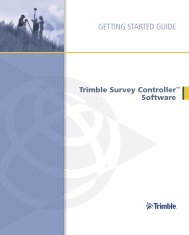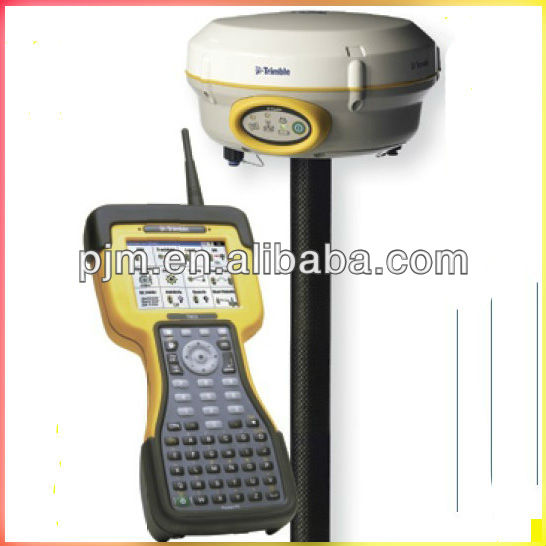
The baselines represent a three-dimensional line drawn between the two points occupied by each pair of GPS antennas. The software computes baselines using simultaneous measurement data from two or more GPS receivers. The GPS measurements are usually stored in computer memory in the GPS receivers, and are subsequently transferred to a computer running the GPS post-processing software.

Post-processing is used in Differential GPS to obtain precise positions of unknown points by relating them to known points such as survey markers. The position of each GPS satellite is then verified and corrected by a series of ground stations that monitor their orbit, velocity and direction of movement, usually called as post processing of the DGPS observations using a suitable software. The longer you wait, the more accurate your position will be calculated as more satellites lock onto the unit. These units work by locking on to multiple GPS satellites in space that then triangulate your position on the ground.

What is required is a survey-grade GPS unit which is often referred to as a differential GPS unit. One cannot collect them with a low-priced handheld global positioning system (GPS) unit or with a smart phone. In order to use GCPs in the ortho-rectification process, or for any Survey application, they need to be extremely accurate. Ground control points (GCP’s) are locations on the surface of our planet with a known X,Y (e.g. Principle of DGPS Survey using two receivers at the same time Data Processing of Mobile LiDAR, Satellite Images & GIS.DGPS / RTK Survey for Ground Control Points (GCP’s).Ground Penetrating Radar (GPR) Survey of Roads.PPK UAV / Drone Survey, Mapping & inspection.Optical Fiber Cable (OFC) Surveys by Mobile LiDAR.Base Map Survey for Smart City & 3D City Mapping.Land Plan Survey of Highways by Mobile LiDAR.Network Survey Vehicle (NSV) Survey of 2/4/6/8 lane Highways.




 0 kommentar(er)
0 kommentar(er)
